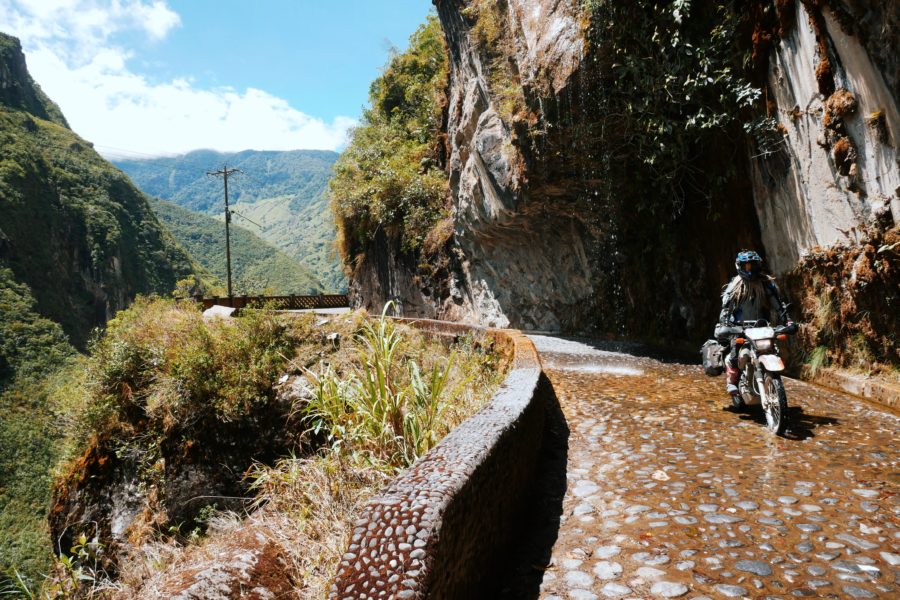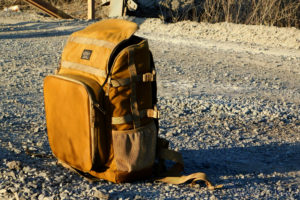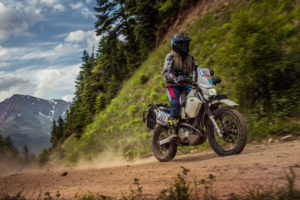We may lament the days of cheap flights and easily accessible travel, but how are locals coping with the loss of mass tourist crowds? Here’s my Ecuador ride report focusing on what life inEcuador looks like right now– from the locals’ perspective.
Life in the Amazon Basin
In the tiny indigenous Campococha community near River Napo, eco-lodges, boat tours, and jungle hikes were a major source of jobs and income just last year. According to Olmer, our native Quichwa guide at the Grand Selva Lodge where we’ve based ourselves for a couple of weeks to explore the Amazon basin, he used to guide rainforest hikes every single day, sometimes twice a day, in the fall and winter of 2019. Now, there are no more groups to guide and no more tourists to show around. “It’s really quiet here at the moment, and there’s not a lot of jobs at the lodges and ranches. Some maintenance work, painting fences, mending roofs, but that’s about it”, Olmer told us as we waded upstream following a small creek hoping to spot caymans.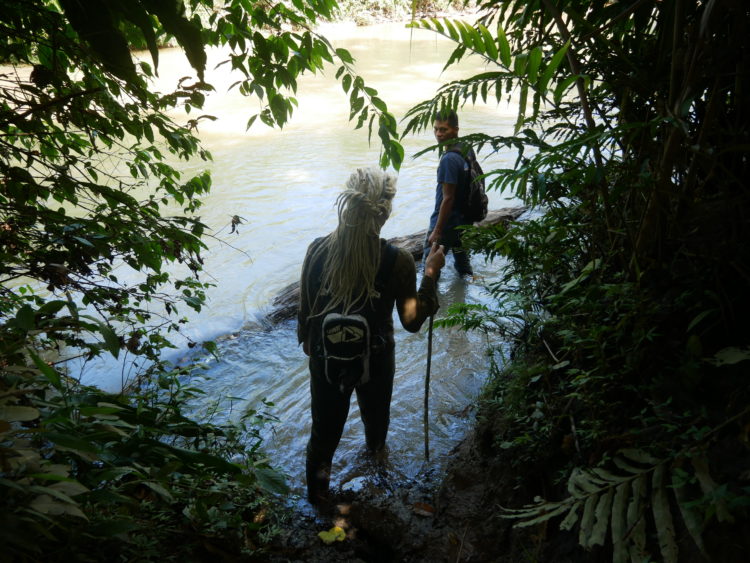
The Grand Selva Lodge, a big, rambling wooden house situated right on the outskirts of Yasuni National Park, is eerily empty these days. For nearly a week, we’ve been the only guests here; owners Karin and Roberto, an Austrian ex-pat and her Ecuadorian husband, say it’s mostly locals who come to visit for a day or two, then leave. We met an Israeli couple traveling Ecuador who stayed here for one night, and there were several Ecuadorian families here for the long weekend enjoying a chocolate tour and a wildlife sightseeing hike; but for over six days now, we have had the place for ourselves. Day in and day out, Roberto is busy fixing water reserves and working on the house, while Karin helps the kids with schoolwork – even here, kids now go to school online – but the hospitality business has taken a back seat for now.
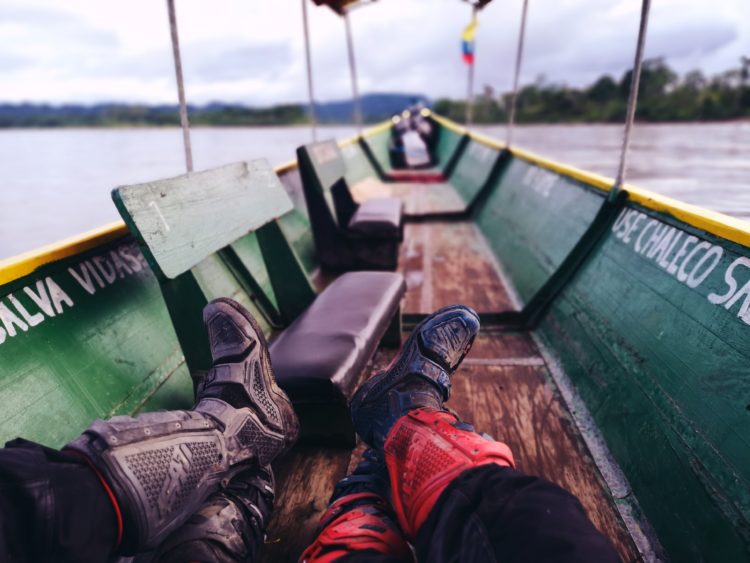
Some lodges at the River Napo are only accessible by boat
Plantain and Cacao Instead of Guided Tours
Puerto Misahualli, the nearest town where we buy food and supplies, is unusually quiet, too. Monkeys still congregate in the town’s plaza extorting food from shop owners and passers-by, but the restaurants sit empty, most of the hostels have closed down, and there are no foreigners spilling out of tourist buses hoping to explore the rainforest. To get to Puerto Misahualli, we have to hike for two miles, catch a bus for half an hour, then hitchhike or walk into town for another couple of miles; people we meet on the road smile and say hello, but we’re clearly an unusual sight.
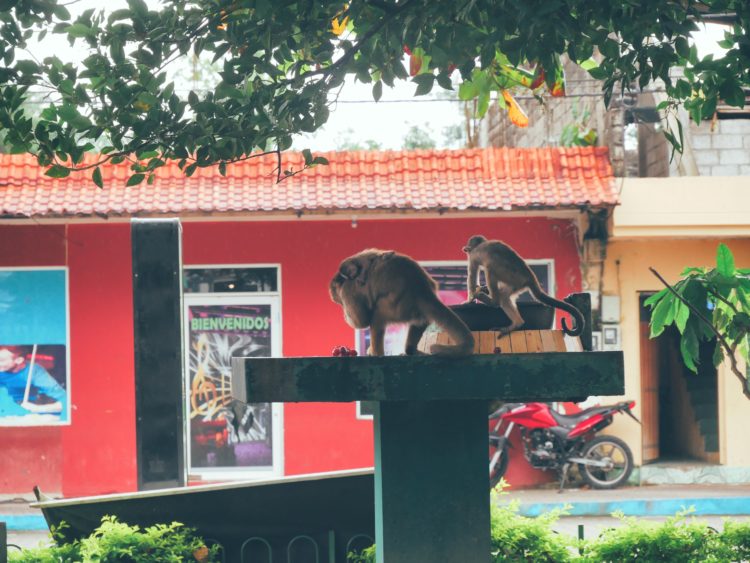
“We have a small farm that my wife looks after, and most people here grow plantain, corn, and cacao. So when there are no tourists, there’s always farm work”, Olmer explains. In many ways, rural communities seem to be doing much better than city folk: out here, in the hot, humid air of the lowland rainforest, people grow their own food, homeschool their kids, and have entire communities to fall back to for support. So while the riverboats sit idly in the shallows of Rio Napo, the lodges are empty, and the tour operators are on an indefinite siesta, people are getting by, and life goes on – one might argue, much calmer and perhaps, healthier without the usual crowds of gringos flooding the place.
在城市,这是一个不同的故事和许多再保险staurants, hotels, and hostels closed down – possibly for good, as few will be able to recover and open their doors again. On the other hand, with Ecuadorians taking to the road and traveling around their own country, perhaps the tourism scene here will begin shifting towards domestic travel more; and perhaps, in a way, that’s a new dawn for Ecuador and sustainability.

Ecuador ride report: all quiet on the Eastern front
Returning Rainforest
Having returned our bikes to Quito and spent two weeks at the River Napo, we’re ready to hit the road again. With friends coming over to ride some dirt trails together, we’ll head into the Andean regions once more, but this time, we’re hoping to go deeper into the backcountry, ride more gravel roads, and discover whether the Andes are doing as well as the Amazon.
In the meantime, we’ve still got some unfinished hikes with Olmer, our guide; we’re hoping to go on a night walk to spot the scorpions and the tree frogs, and explore the local network of creeks and streams hiding all sorts of incredible creatures surrounded by lush, unspoiled greenery. It’s a strange feeling to have the entire lodge for ourselves, the empty lounge chairs scattered about the swimming pool no one uses, the rains bringing nightly frog concertos undisturbed by human activity, the ponds reclaimed by turtles, ducks, and tadpoles, the dirt road empty save for a passing truck here and there, the flooding creeks swallowing up little dugout canoes filling slowly with muddy water.
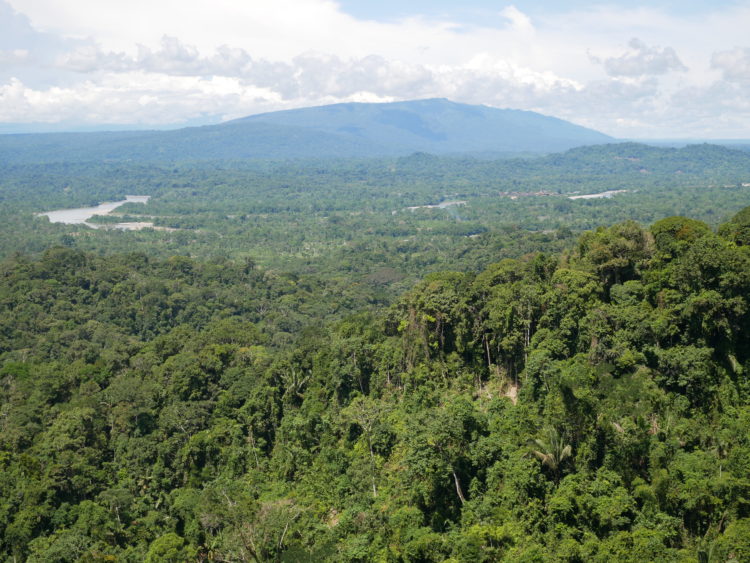
In a way, it’s like living in a Gabriel Garcia Marquez novel where magical realism and reality are harder and harder to tell apart; the rainforest seems to be taking over, sprouting and budding from every nook and cranny, reclaiming the little gravel path leading up to the lodge, barely held back by Olmer’s machete and Roberto’s lawnmower; the other day, our landlady found a snake in the washing machine, and when you cook dinner in the outdoor kitchen, Danny the tarantula comes out to watch the proceedings. The days blur into one another, hot and humid, and we can’t tell Tuesdays from Fridays any longer; it’s a still, green world out here at the Napo River, and I can’t help but think we have found something rare and precious amidst the chaos in the world outside.
What will Ecuadorian dirt roads look like without all the adventure bikes zooming about? There’s going to be one more Ecuador ride report coming soon!


